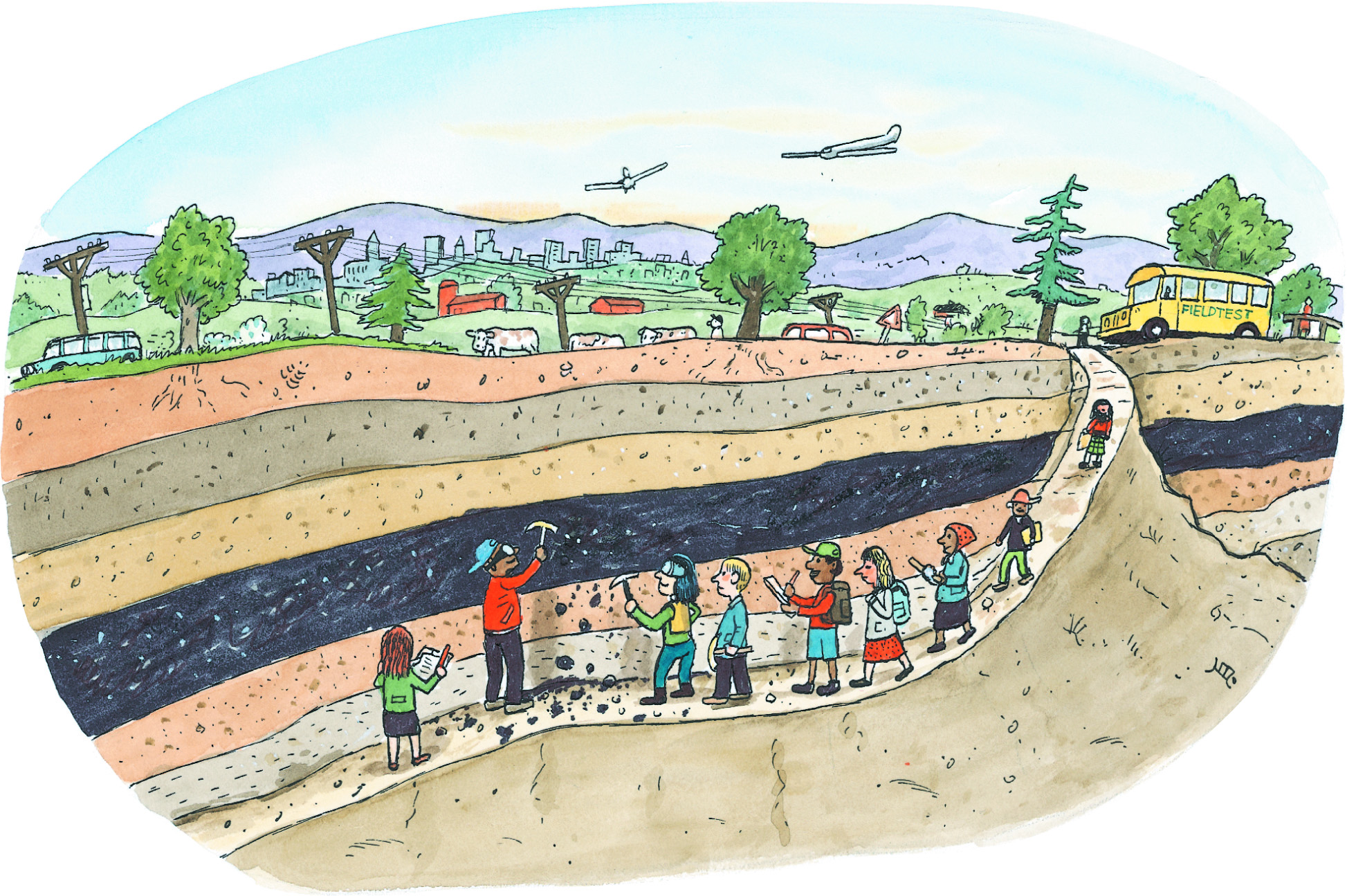
Overview
In this section you will find materials that support the implementation of EarthComm, Section 2: Energy from Coal.
Learning Outcomes
- Carry out an investigation that determines the physical properties of different coal samples.
- Analyze and interpret data on a map to explain the distribution of coal resources and coal-fired power plants across the United States.
- Analyze and interpret data to explain trends in coal production and consumption in the United States.
- Obtain and evaluate information about practices to conserve energy resources.
Investigate
To learn about ways to conserve energy resources, visit the following web sites:
Energy Saver Guide - Tips on Saving Money and Energy at Home, U.S. Department of Energy
Provides tips for saving energy and money at home and on the road. Includes information on energy-saving, efficient technologies and tips for using clean, renewable energy to power a home.Residential Energy Savers, Snohomish County PUD
Explores energy-saving ideas for conserving energy at home.10 Energy Saving Tips, Architect of the Capitol
Suggests measures for conserving energy.Energy Star at Home Tips, Energy Star
Overview of the different ways that energy is used in a home and tips for saving energy with energy efficient products.
Inquiring Further
- To learn more about electricity usage in other countries, visit the following web sites:
International Electricity Information, U.S. Energy Information Administration
Provides energy statistics for all countries, including electricity usage.
The International Energy Efficiency Scorecard, ACEEE
Ranks the world's largest economies according to energy efficiency policies and programs.
Resources
To learn more about this topic, visit the following web sites:
The Formation of Coal
The Geology of Coal, Kentucky Educational Television
Contains a brief overview of how coal is formed.
How is Coal Formed?, Kentucky Geological Survey
Explains the processes associated with the formation of coal.
What's in Coal?, Kentucky Geological Survey
Explains how sedimentary rocks that form coal reflect the environments in which they were originally deposited.
Types of Coal
Coal Rank, Kentucky Geological Survey
Explains how coal "rank" is determined and defines the different types of coal.
Coal Resource Classification System of the U.S. Geological Survey, U.S. Geological Survey
Explains how the USGS classifies and tracks coal resources in the United States, including rank of coal, thickness of beds, and distribution.
Coal Exploration and Mining
Coal Mining, World Coal Association
Reviews surface and underground mining methods used to remove coal from the ground.
Coal Resource Recoverability, U.S. Geological Survey
Reviews the factors associated with coal production, including mining, cleaning, recoveries, etc. Includes tables and figures to illustrate concepts and examples.
Coal Resource Classification System of the U.S. Geological Survey, U.S. Geological Survey
Explains how geophysical techniques can be used to identify coal beds and to quantify their resources. Includes examples and explanations of geophysical logs.
U.S. Coal Supply and Demand, U.S. Energy Information Administration
Discusses annual coal supply and demand, production by region, consumption and stocks at the consuming sector level, imports and exports, and average delivered coal prices.
